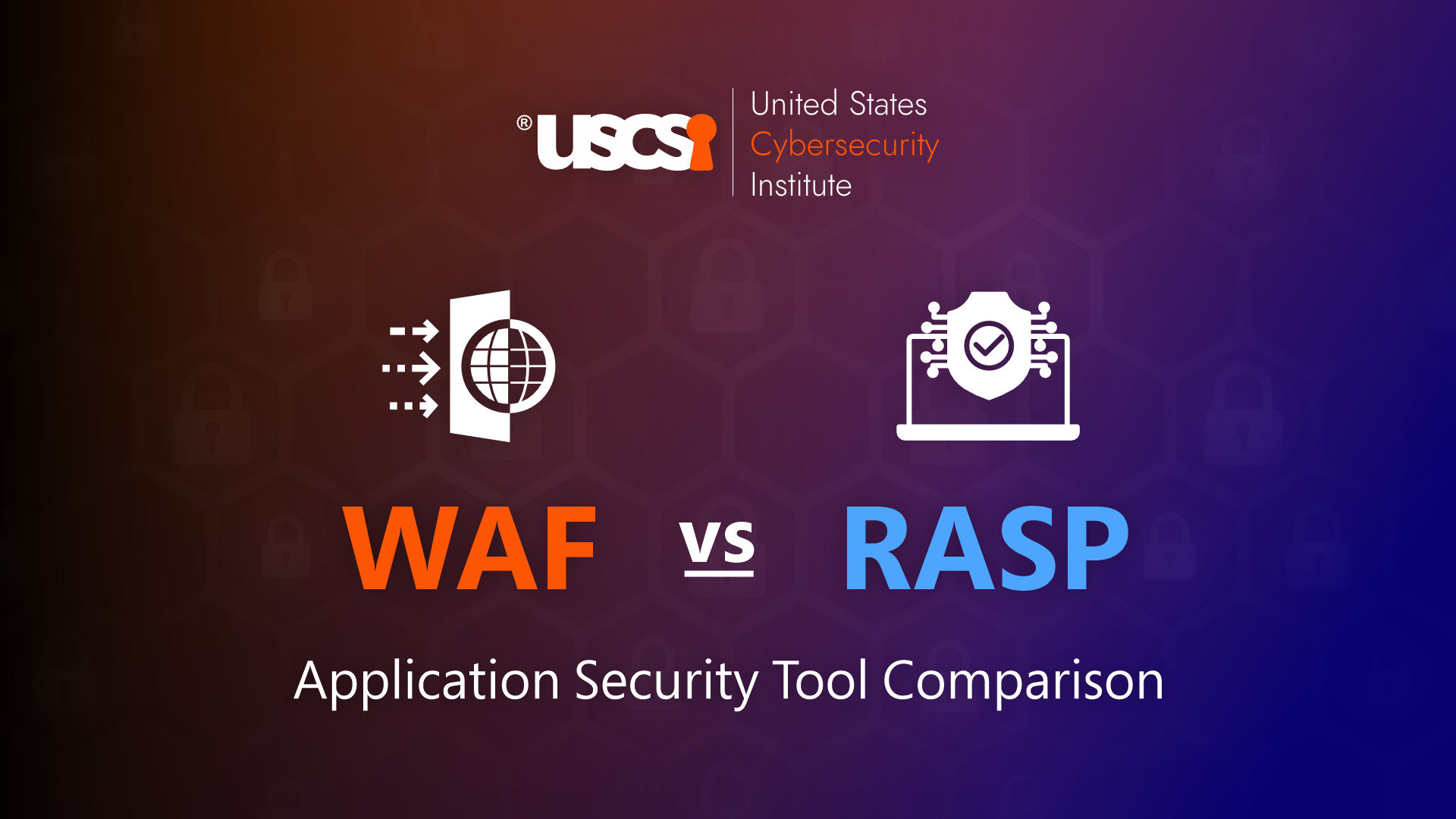

Which is the Better Web App Security Solution – WAF Vs. RASP? | Infographic
When it comes to securing web applications, both Web Application Firewalls (WAF) and Runtime Application Self-Protection (RASP) are great tools that provide the essential defense measures, however, they are quite different in their working and purpose.
A Web Application Firewall (WAF) serves as a gatekeeper between the user and the app. It monitors the incoming traffic and filters and blocks the malicious ones based on a pre-defined rule. They are great for securing applications against a wide range of known threats such as SQL injection, XSS, and other OWASP vulnerabilities. Since they are easy to deploy and require very little to no changes in the app, they are often a better choice.
On the other hand, RASP tools can be integrated directly into the application. They are great at monitoring app behavior and blocking threats in real time. They are considered to be more effective than WAF against zero-day vulnerabilities and logic-based attacks.
In the following infographic, we discuss what both of these security tools mean for cybersecurity professionals, how they work, and shed light on their pros and cons to understand which one is better.
When it comes to cybersecurity, no single solution is enough. Therefore, instead of debating which one is better – the best solution isn’t WAF versus RASP – it is WAF plus RASP.





